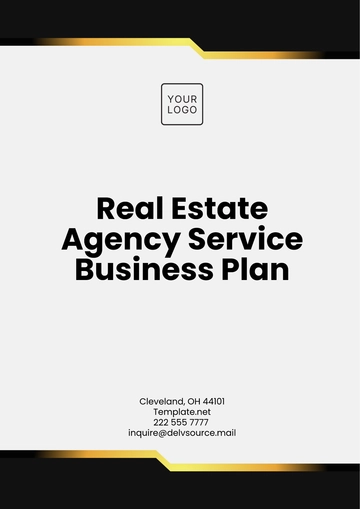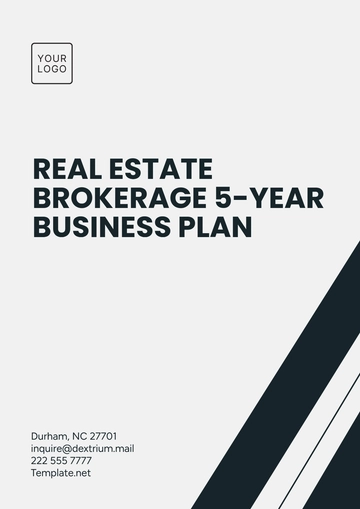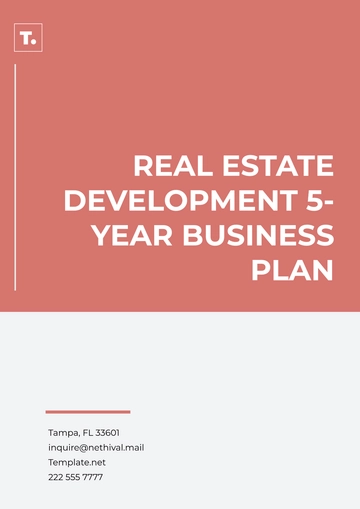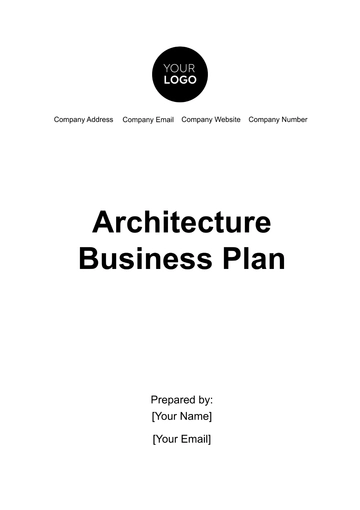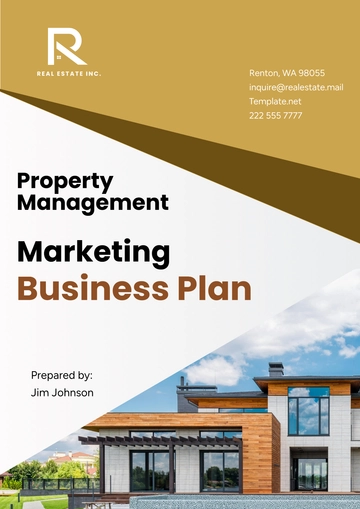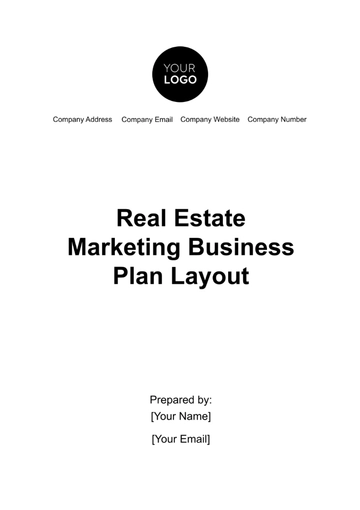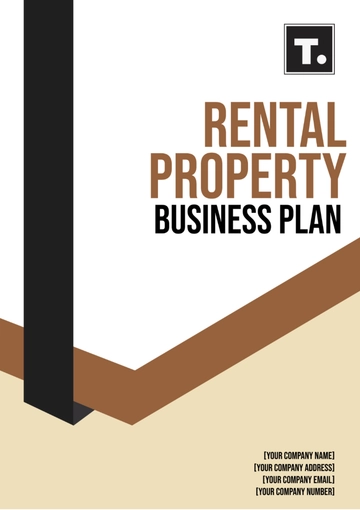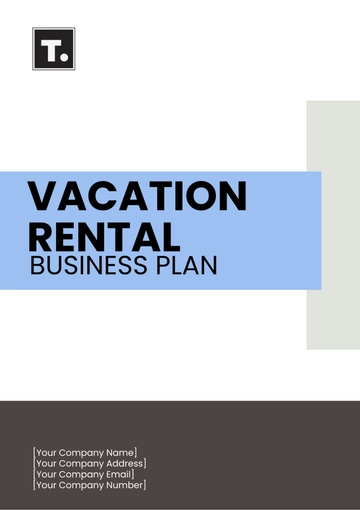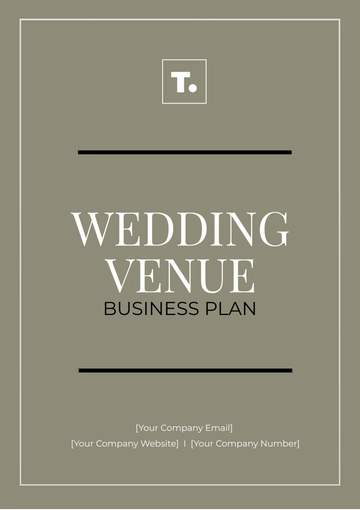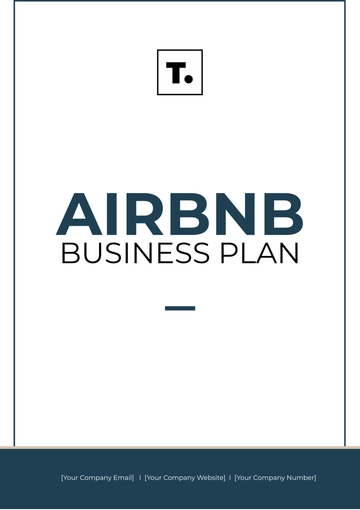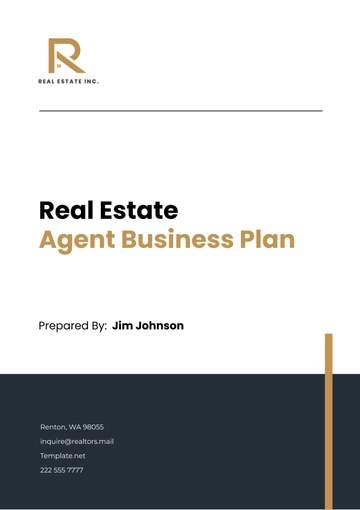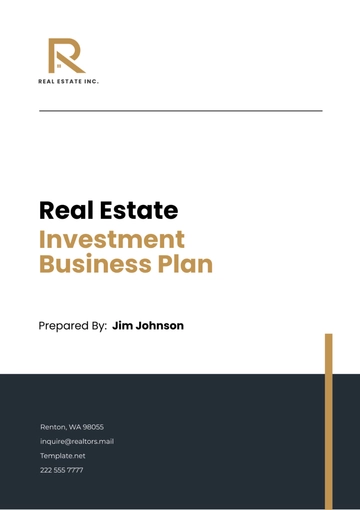Free Real Estate Development 5-Year Business Plan
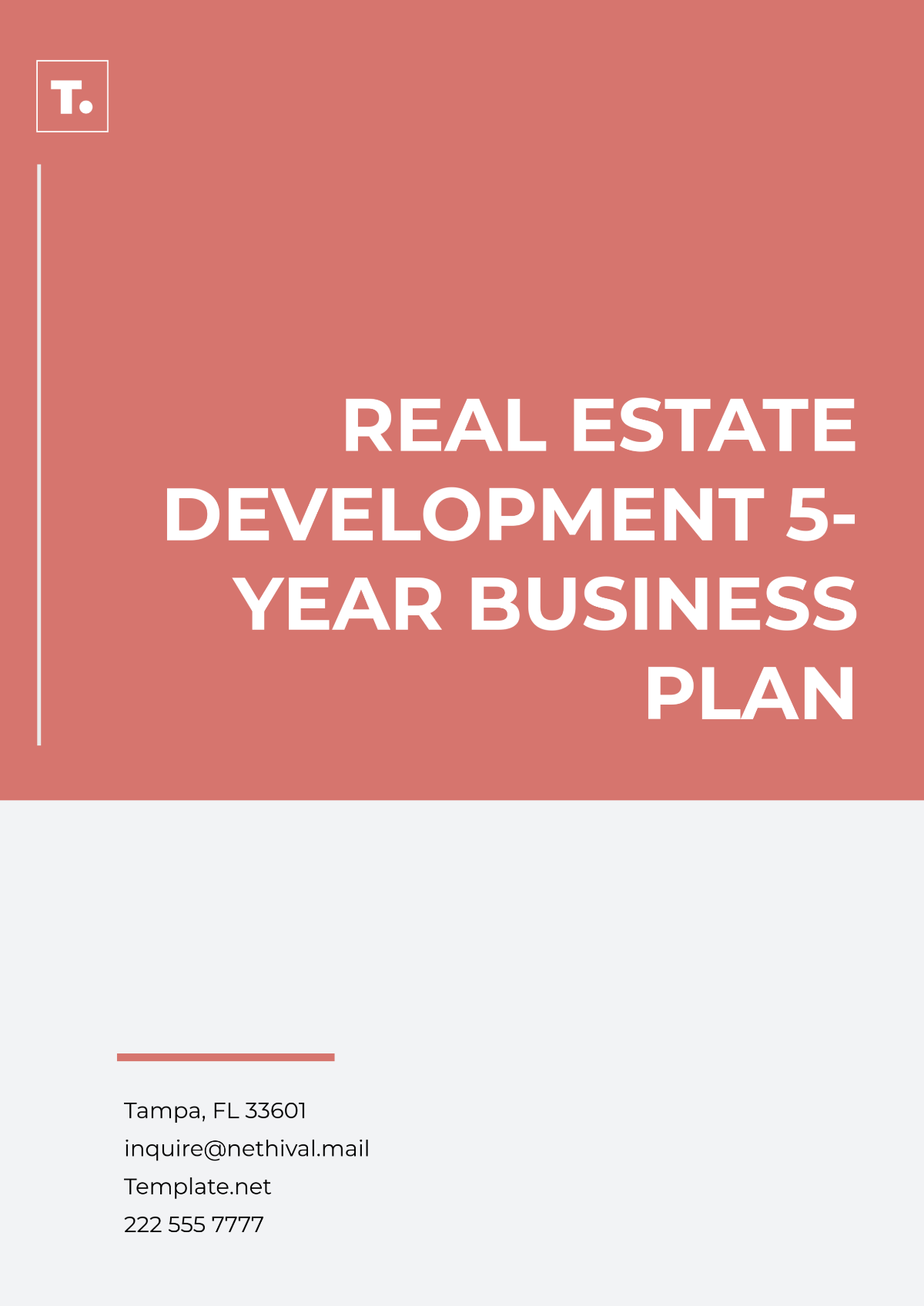
Prepared By: [Your Name]
Date: June 12, 2060
1. Executive Summary
Company Name: Skyline Development Group
Location: Bayview City, California
Summary: Skyline Development Group aims to become the leading developer in Bayview City by creating sustainable, mixed-use real estate projects that cater to the growing demand for eco-friendly urban living. This 5-year plan details Skyline’s strategy to secure prime development locations, implement sustainable construction practices, and establish its brand as the premier choice for both residential and commercial real estate, contributing to Bayview City’s economic and environmental goals.
2. Mission and Vision Statements
Mission: To build innovative and sustainable urban spaces that enhance quality of life, integrate seamlessly with natural ecosystems, and contribute to the growth and prosperity of Bayview City.
Vision: By 2065, Skyline Development Group will be recognized across the region as a leader in sustainable urban development, known for pioneering projects that support a balanced coexistence between nature and modern urban living.
3. SWOT Analysis
Strengths:
Established relationships with city planners and local officials.
Access to advanced, eco-friendly building technologies.
Experienced project management team with a track record of high-quality developments.
Weaknesses:
High upfront costs for implementing green technologies.
Limited brand recognition beyond Bayview City, limiting expansion potential.
Opportunities:
Increasing demand for green, energy-efficient buildings among consumers.
Government incentives for sustainable development projects.
Potential to tap into emerging markets for multi-use, walkable communities.
Threats:
Economic fluctuations could impact demand for new real estate.
Rising competition from other eco-friendly developers.
Potential delays due to evolving environmental regulations.
4. Goals and Objectives
Goal 1: Acquire and develop five prime locations in Bayview City for mixed-use real estate by the end of 2061.
Goal 2: Complete construction of the "Bayview Eco-Village," a 500-unit residential complex with integrated retail and public green spaces, by 2063.
Goal 3: Establish partnerships with local suppliers of sustainable materials to reduce carbon footprint by 30%.
Goal 4: Achieve LEED Platinum certification for all projects completed during these 5 years to solidify the company’s commitment to sustainability.
Objective: Secure an average project ROI of 15% and achieve a portfolio occupancy rate of 90% within 12 months of project completion.
5. Key Strategies and Initiatives
Sustainable Building Practices: Use recycled and low-impact building materials, implement solar power, and rainwater harvesting systems, and maximize energy efficiency in all projects.
Community and Stakeholder Engagement: Hold quarterly forums with residents and businesses to align project designs with community needs and promote positive relationships.
Green Technology Integration: Partner with CleanEnergy Innovations to integrate advanced solar panels, energy storage, and smart home technologies.
Marketing Strategy: Launch a targeted marketing campaign to promote Skyline’s commitment to eco-friendly living, emphasizing benefits such as energy savings, healthy living environments, and community wellness. Use digital and social media platforms to reach eco-conscious consumers and businesses.
6. Resource Allocation and Budget (2060–2065)
Land Acquisition: $150 million – secure key development sites in high-demand areas.
Construction and Labor Costs: $320 million – hire skilled labor and utilize sustainable materials.
Sustainable Technologies: $70 million – invest in advanced solar installations, water recycling systems, and green roofs.
Marketing and Branding: $15 million – establish Skyline’s brand as a sustainability leader through media campaigns, community events, and green certifications.
Contingency Fund: $30 million – reserved for unforeseen costs or delays.
Total Budget: $585 million
7. Timeline and Milestones
Q1 2060: Conduct comprehensive market analysis and site assessments to finalize project locations.
Q4 2060: Secure land acquisition and initiate design processes in collaboration with architects and sustainability experts.
Q2 2061: Break ground on the Bayview Eco-Village residential complex, projected to be completed by Q3 2063.
Q3 2062: Begin construction on the second mixed-use development site, including retail, office space, and public green areas.
Q1 2064: Launch sales and leasing for Bayview Eco-Village, targeting high occupancy by the end of Q4 2064.
Q2 2065: Achieve full completion of all planned projects and reach 90% occupancy rate across properties.
8. Risk Assessment and Contingency Plans
Economic Downturns:
Risk: A market slowdown may reduce demand for housing and commercial spaces.
Contingency: Develop a flexible pricing model and focus on affordable units to maintain demand during economic fluctuations.
Supply Chain Delays:
Risk: Disruptions in material supply could delay construction.
Contingency: Establish contracts with multiple suppliers, particularly for green technologies, to prevent delays.
Regulatory Changes:
Risk: New environmental regulations may impact building practices and project timelines.
Contingency: Hire a dedicated regulatory affairs consultant to ensure compliance and incorporate changes into project timelines proactively.
9. Evaluation and Key Performance Indicators (KPIs)
Occupancy Rate: Target 90% occupancy within 12 months of project completion for each development.
Environmental Certifications: Achieve LEED Platinum certification for all new buildings to support brand credibility and meet sustainability goals.
Return on Investment (ROI): Reach an annual ROI of 15% for each project over the 5 years.
Resident Satisfaction: Conduct annual resident surveys, aiming for an average satisfaction score of 85% or higher.
Energy Efficiency Savings: Reduce energy consumption by 25% compared to traditional building standards to minimize operating costs and align with green goals.
10. Review and Adaptation Process
Annual Review: Conduct an in-depth review every December to assess project progress, analyze financial performance, and make strategic adjustments as necessary.
Quarterly Progress Reports: Track key performance metrics, budget adherence, and milestones each quarter. Adjust resource allocation and timelines based on current project status.
Stakeholder Meetings: Hold quarterly stakeholder meetings with local community leaders, city officials, and investors to provide transparency, gather feedback, and address potential issues proactively.
- 100% Customizable, free editor
- Access 1 Million+ Templates, photo’s & graphics
- Download or share as a template
- Click and replace photos, graphics, text, backgrounds
- Resize, crop, AI write & more
- Access advanced editor
Map out your real estate venture’s future with this 5-Year Business Plan Template. Editable and customizable on Template.net, it’s perfect for project planning, resource allocation, and profit forecasting in the competitive real estate development sector.
You may also like
- One Page Business Plan
- Coffee Shop Business Plan
- Restaurant Business Plan
- Food Business Plan
- Real Estate Business Plan
- Executive Summary Business Plan
- Cover Page Business Plan
- Nonprofit Business Plan
- Daycare Business Plan
- Construction Business Plan
- Startup Business Plan
- Medical Business Plan
- Bakery Business Plan
- Service Plan
- Hotel Business Plan
- Catering Business Plan
- School Business Plan
- Healthcare Business Plan
- Transportation Plan
- Sports Plan
- Car Wash Business Plan
- Salon Business Plan
- Clothing Business Plan
- Farming Business Plan
- Boutique Plan
